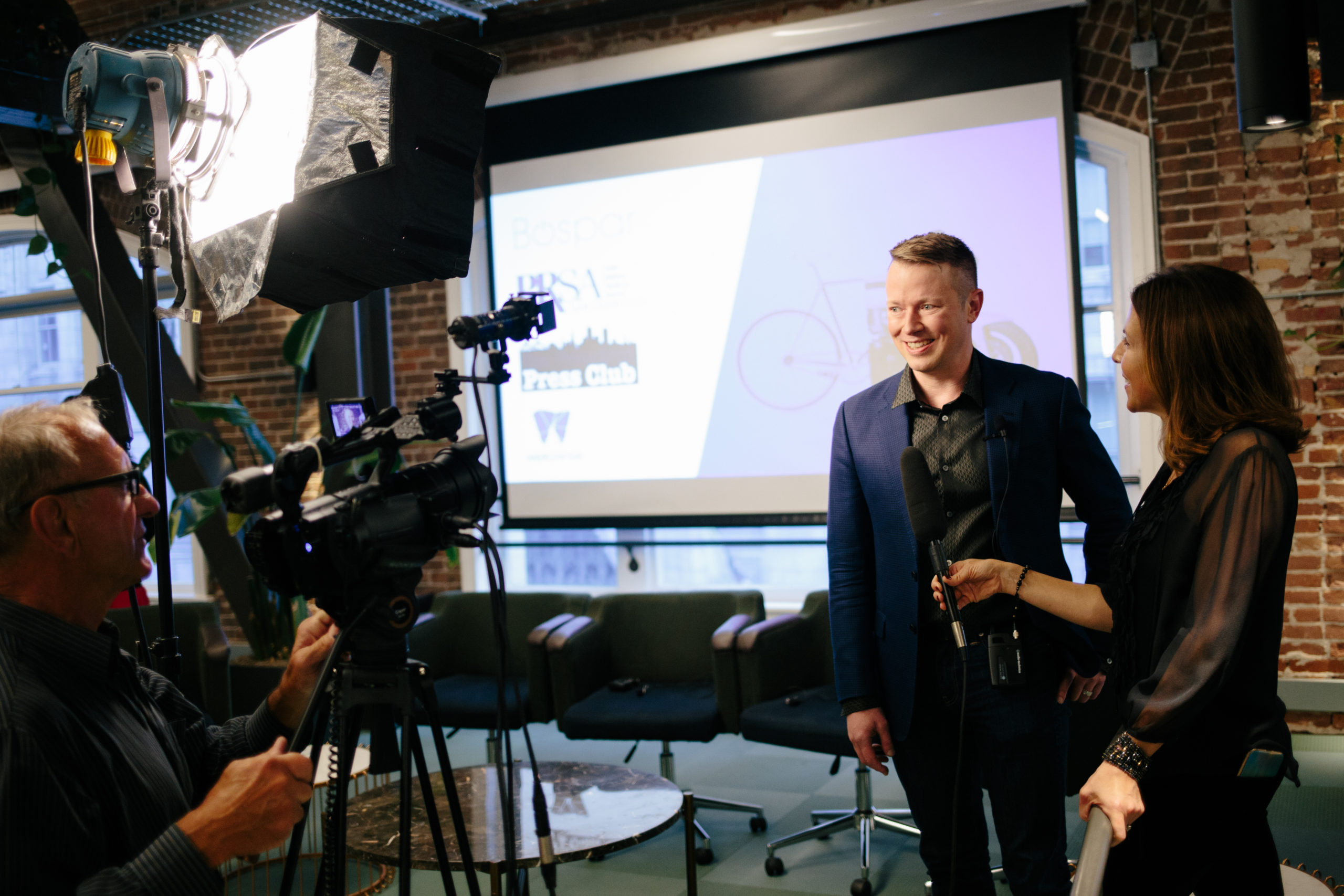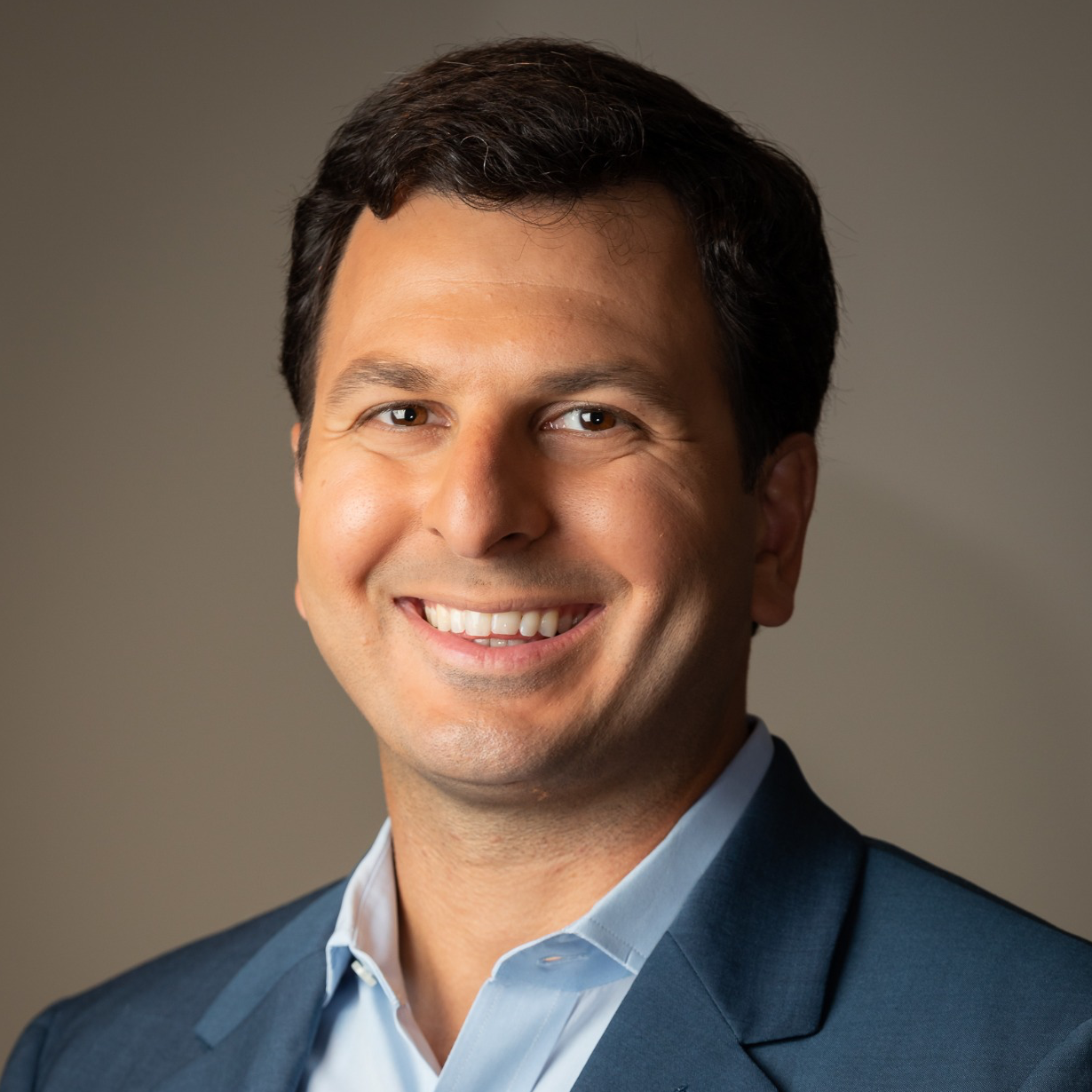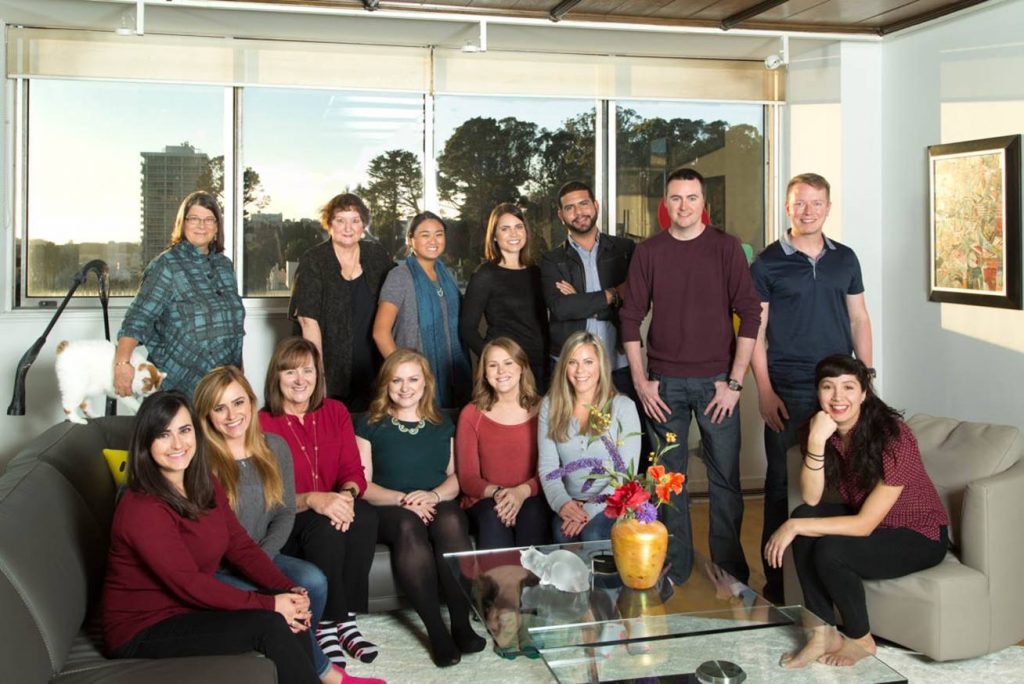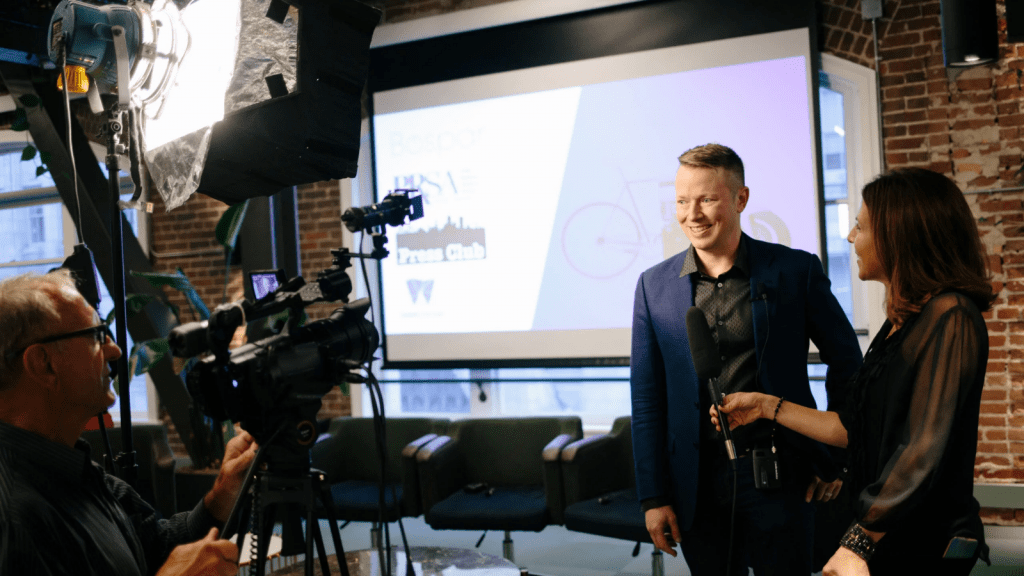We have been helping many clients recently with their media training, and here are some themes that come up over and over again.
1) Why “YOU”? Why are you the authority?
We have a client who has worked previously in insurance, cyber security, big tech, and government consulting. Depending on the outlet she is speaking with, she should lead with a mention of her relevant background – to explain why they should be listening to her and not somebody else. Because she has a variety of top-tier employers to reference, she should cherry-pick the appropriate one depending on who she is interviewing with.
2) Good production value.
Even though we are all working from home, and it’s been normalized to see poor visuals, there is still real value in having executives be properly dressed, doing their hair (and makeup?), using a good camera, having good audio, ensuring a good background, and avoiding a fuzzy, blurry face.
Let’s have them framed in the center and properly lit. That helps them come across as a “big time” person, somebody who knows how to make the rounds and isn’t doing their first and last TV interview.
3) Short answers.
Let’s create soundbite-worthy content that can be used in social media, web videos and/or article quotes. It’s so important for all of us to watch our own performance. We can all do this: record yourself talking and then play it back. Be as critical with yourself as you would with anything else you watch on television. Is it boring? Would you share this with somebody else? Are you already tuning out?
A video of a person talking for 15 seconds can already seem very long if done poorly. Use bullets verbally out loud – literally say the word “first” and “second” and “finally.” That way you convey to the viewers that you’re about to finish and that they should hang on a little longer. Let’s avoid long story-like answers that we can save for a fireside chat another day.
4) Powerful answers.
People don’t realize how much the camera reduces the impact of what they say and how they move. They need to overemphasize to make their points come across on screen. When people are talking normally, like in a professional setting, it will just seem boring on screen.
Going from three dimensions to two dimensions really does cut out a lot of the impact. Guests need to create big movements and big drama. Do more than you think. The camera will reduce it anyway by the time it gets to the viewer. If you think you are acting overly dramatic, you might be in real life, but the end viewer won’t see it that way. They’ll just think you have high energy, which is good. That’s what you want.
5) Details are better than generalizations.
As a viewer, I want to know what I act on right now, rather than some big picture statement like “Well, yes, cyber security is going to be more of a concern going forward.” We all know that. Give me something concrete.
That means: avoid cliches and be concise and specific. Use simple words so anybody can understand. And tangible and concrete descriptions.
Anyway, that’s a starting point. If this article were a TV segment itself, it would be too long!




